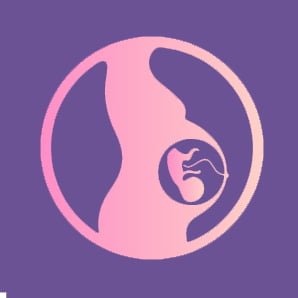1This Content Is Only For Subscribers
newborn photography :Welcoming a newborn into the world is a momentous occasion, filled with overwhelming joy and love. Preserving these precious early moments through photography has become an art form in itself. Newborn photography is more than just clicking a camera; it’s about capturing the innocence, fragility, and beauty of a newborn in their earliest days. In this article, we delve into the world of newborn photography, exploring techniques, tips, and ideas to create timeless and heartwarming images.
The Art of Newborn Photography: Capturing Cherished Moments
Introduction
1. Setting the Stage
Creating the perfect backdrop and environment for newborn photography is crucial. Soft, natural light is ideal, as it highlights the delicate features of the baby without being harsh. Opt for a space that’s warm, comfortable, and free from distractions. Many photographers use props like swaddling cloths, baskets, and blankets to enhance the visual appeal of the images.
2. Timing is Everything
Timing is essential when it comes to newborn photography. The best time to capture those sleepy, curled-up poses is within the first two weeks of the baby’s life. During this time, newborns are more likely to sleep deeply and be cooperative during the shoot.
3. Safety First
Newborns are delicate, and their safety should be the photographer’s top priority. Always have an assistant or parent nearby to help with positioning and ensure the baby’s comfort and security. Never force a pose if the baby seems uncomfortable.
4. Patience and Flexibility
Newborn photography requires patience. Babies have their own schedules, and sessions might need to be paused for feeding, diaper changes, or soothing. Be flexible and adaptable to the baby’s needs, as a calm and content baby will result in better photos.
5. Capturing the Details
Don’t just focus on full-body shots; capturing the tiny details is equally important. Zoom in on their fingers, toes, lips, and even the wisps of hair on their head. These details will evoke powerful emotions for parents as they look back on the images.
6. Candid Moments
Some of the most endearing newborn photos are candid shots that capture genuine interactions between the baby and their parents or siblings. These moments are often full of emotion and love, making for truly heartwarming images.
7. Post-Processing Magic
Post-processing plays a significant role in enhancing newborn photos. Softening skin tones, adjusting lighting, and removing any imperfections can elevate the overall look of the images. However, it’s crucial to maintain a natural and timeless feel, avoiding excessive editing that can make the images appear unrealistic.
8. Showcasing Personalities
Every newborn has their own unique personality, even in their earliest days. Capture their expressions, yawns, and even tiny smiles. These glimpses of individuality will make the photos even more special.
Conclusion
Newborn photography is a remarkable way to freeze a fleeting moment in time and create everlasting memories. By mastering the art of setting, timing, and technique, photographers can deliver images that encapsulate the beauty, tenderness, and love that come with the arrival of a new baby. Remember, it’s not just about capturing photographs; it’s about crafting a visual story that families will treasure for generations to come.






